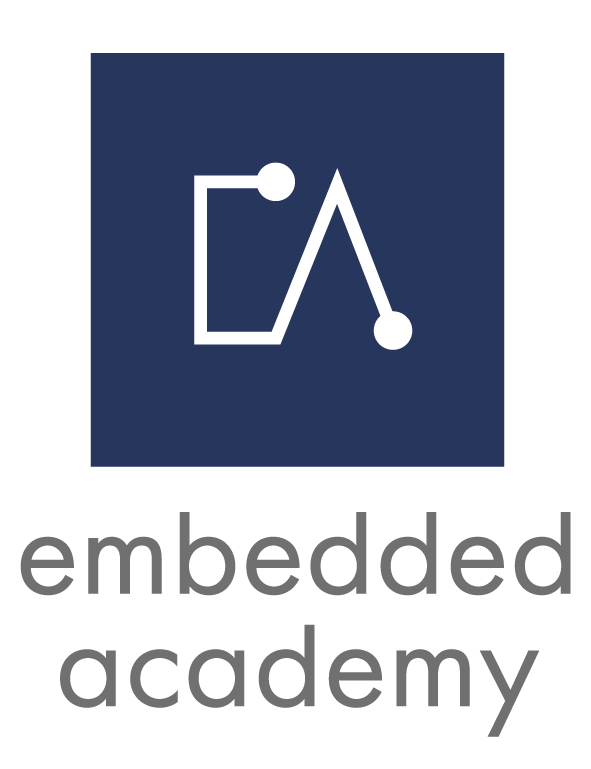E-Learning Course Charging communication between EV and EVSE
Content
E-Learning Communication in EV Charging: Pilot Signal & Duty Cycle (30 min)
- EV charging with the Pilot Signal
- PWM-signal including details on frequency and duty cycle
- Relation between duty cycle and current in the charging communication
- Schematic for the PWM signal and the different charging states
- State A, B, and C in charging communication
E-Learning Communication in EV Charging: High Level Communication (20 min)
- High level communication
- Short introduction to the OSI Model
- Physical layer in charging communication
- SLAC communication via data link layer
Target
The target of this course is to first introduce the learner to the topic of communication between EV and EVSE in electric vehicle charging.
This course offers information for anyone who is new to the topic of EV charging communication according to DIN 70121 or ISO 15118. It is suitable for managers as well as programmers and engineers.
Trailer
Insights
Course Content
What does Charging Communication between EV and EVSE mean?
Then charging an electric vehicle this can be done in different modes which are defined in the IEC 61851-1 standard. In Mode 2 the charging happens via a common power outlet, but with a special cable which contains additional charging infrastructure IC-CPD. In this case a basic exchange is happening via a PWM signal. Mode 3 is the most common charging mode and is defined for AC charging stations, which mode 4 is for DC charging stations. In mode 3 and mode 4 additional data can be transmitted via high-level communication.
Why Is Charging Communication between EV and EVSE Needed?
The charging communication is needed to exchange important data. Especially for DC charging this is highly relevant as the current and voltage values have to be exchanged on a regular basis to ensure the right amount of energy is provided by the charging station.
How Is Charging Communication related to Embedded Systems?
You find embedded systems on both sides of the charging communication. You find an embedded system within the electric vehicle EV; an electronic control unit which includes specific electronics and the embedded software. This embedded system within the EV is communicating with the charging station EVSE and other control units within the vehicle. In the EVSE you find the embedded system which is the counterpart for the communication.
What Can You Learn About Charging Communication in the Embedded Academy E-Learning?
The e-learnings of this course introduce the user to the field of EV charging communication.
First the concept of the pilot signal in charging communication is introduced. Then the PWM signal including frequency, the duty cycle and the relation between the duty cycle and the current are introduced. The communication mechanisms are described, which are low-level and high-level communication. Low level communication is, roughly speaking, the basic handshake, while high-level communication involves the transmission of much more data and requires an understanding of the two lowest OSI layers which are physical layer and data link layer. The e-learning is providing an insight into those topics.
You must log in and have started this course to submit a review.
